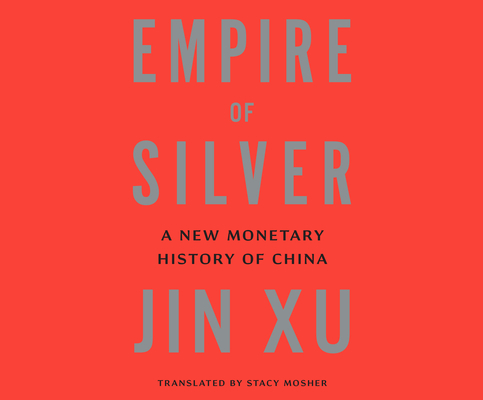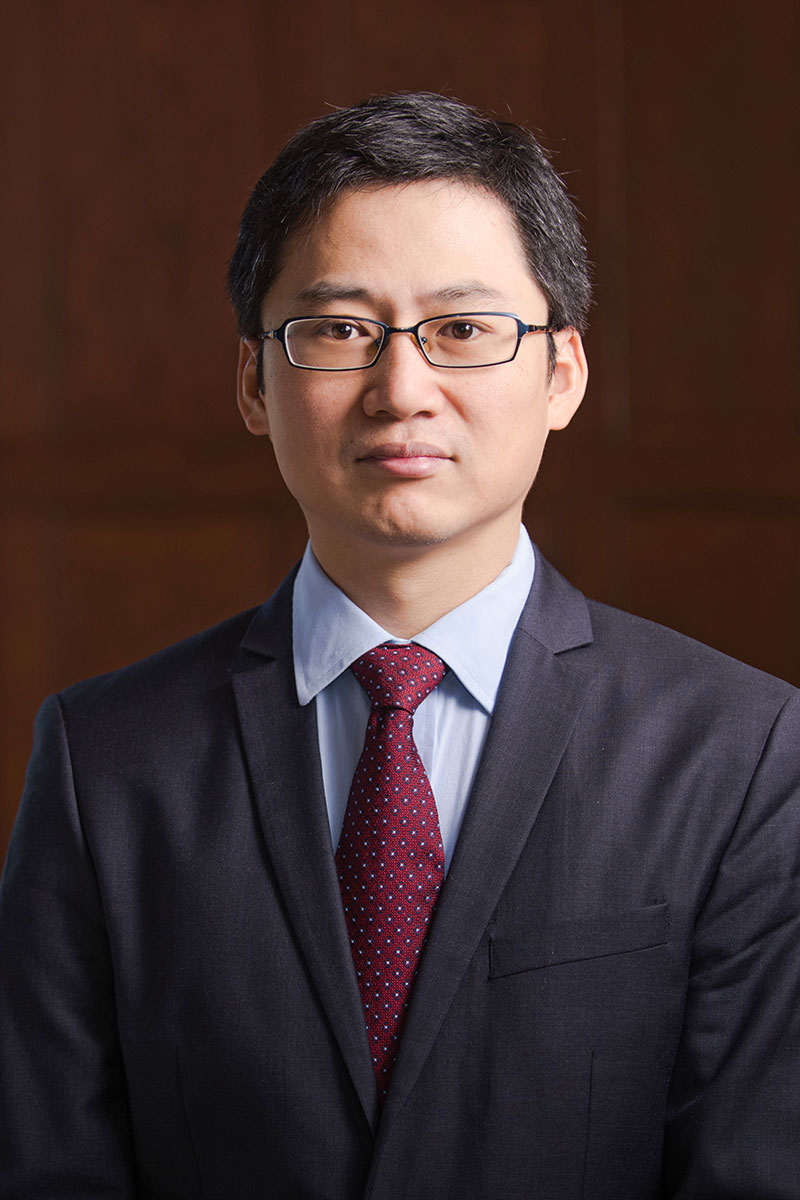

 Dreamscape Media
Dreamscape Media
Empire of Silver: A New Monetary History of China


Key Metrics
- Jin Xu
- Dreamscape Media
- Audio
- 9781662080418
- -
- -
- History > Asia - China
- English
 Secure Transaction
Secure TransactionBook Description
Author Bio
My research has focused on religious and funerary art in early medieval China (220-589 CE). During this period, Chinese culture was transformed by the arrival of immigrants from the Mongolian steppes and Central Asia.
I am particularly interested in stone objects, such as sarcophagi and Buddhist steles. Grounded in close studies of carved stones in museums in China and America, my research addresses a wide array of issues. I investigate questions related to the sources of artistic materials, technical processes, and provenance, as well as questions regarding visual-verbal dynamics, spatial strategies, cultural identity, and cosmopolitanism.
I am now preparing a book manuscript on stone coffins and mortuary couches created for Sogdian immigrants in sixth-century China.
As a teacher of art history, I am an advocate of object-based learning. That being said, I also have great enthusiasm for the innovative use of technology in the classroom. With the help of museum curators, I strive to create opportunities for students to investigate art history by looking at real art and handling authentic artifacts.
Sometimes this means bringing objects to class, other times it means taking the class to objects preserved in local collections. To reach a broad range of students, I try to align my lectures with current ways of understanding art and culture; I often discuss popular documentaries and digital interfaces as I present art historical material.
Source: Vassar College Dean of the Faculty
Videos
No Videos
Community reviews
Write a ReviewNo Community reviews